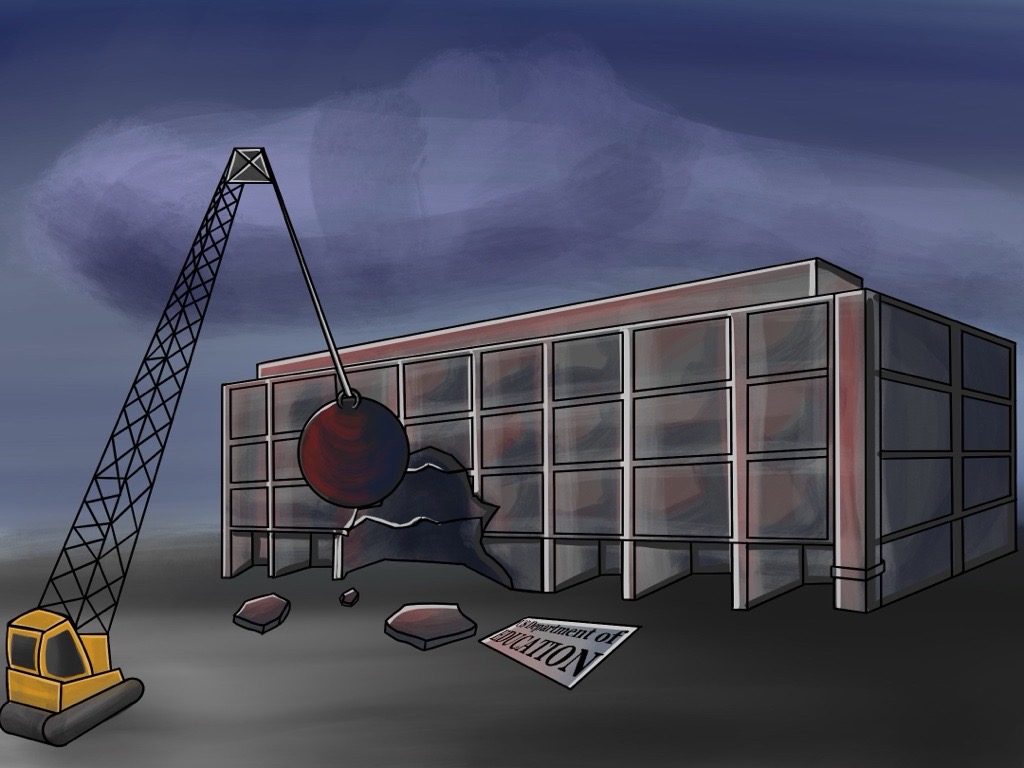Fall started late this year across the U.S. and in some parts of Europe, sparking the interest of scientists around the globe to research why. Members of the scientific community offer multiple theories regarding the cause responsible for the delay.
By studying temperature, scientists can compare past weather patterns to present ones in hopes of predicting the timing that the changing of seasons will occur. During the month of October 2011 in the state of California, the average temperature was 63 degrees. A surprisingly similar average to October 2012, with an average of 63.3 degrees Fahrenheit, according to the National Oceanic and Atmospheric Administration.
Typically when the seasons change, the environment changes. Changes can be visible by flowers blossoming in spring, or leaves changing colors and falling during autumn. But this year, the visible signs of the season changing occurred later than last year.
“This time last year, my son was wearing a heavy rain coat dressed for winter,” Jeannie Thompson (senior, Human Resources) said. “It seems like winter came earlier last year.”
When days get shorter, the time a plant is exposed to sunlight is shortened causing the production of chlorophyll (what turns the leaves green) to slow down. This directly affects the process of photosynthesis often times resulting in leaves exposing pigments of yellow, red and orange that are normally hidden.
How and when that happens depends on temperatures and moisture levels. Some years, the colors are more vibrant than others. Further complicating matters: a tree that is stressed may simply drop its leaves, with no color change, or brown leaves.
Dr. Michael Fleming, California State University, Stanislaus Assistant Professor of Biological Sciences, has taught courses in plant ecology and plant physiology. He explains the complex processes in more simple words.
“Leaves do not drop off the plant until the hormone auxin stops flowing out of the leaf to the stem; when auxin is no longer exported from leaves, the leaf will soon fall off the plant,’’ Dr. Fleming said.
“This lack of auxin export from the leaves may be caused directly by environmental stimuli in autumn, namely shorter days and colder nights.”
“An alternative hypothesis is that shorter days, longer nights and cooler temperatures at night stimulate production of another hormone, ethylene, which blocks auxin synthesis, eventually resulting in leaf drop.” Fleming explained.
“Regardless, the environmental cues of shorter day length and colder nights in autumn initiate this process. Here in the northern San Joaquin Valley, we’ve had the shorter days for sure, but no real cold nights yet this year.”
Phenology, the study of timing in nature, can help scientists document patterns of critical plant and animal species across the U.S., and it can be used to build models to help humans understand and adapt to changing landscapes and climates. Despite years of research, meteorologists and scientists agree that weather patterns and climate changes are still difficult to predict.
Jake Weltzin, Executive Director of the National Phenology Network in Arizona and an ecologist with the U.S. Geological Survey agrees, said that fall weather patterns are always changing.
“Fall is still an enigma,” Weltzin said.
Categories:
Fall keeps falling later… scientists explain why
By Jared Tumazi
•
December 11, 2012
0
Donate to Signal
Your donation will support the student journalists of California State University, Stanislaus. Your contribution will allow us to purchase equipment and cover our annual website hosting costs.
More to Discover






